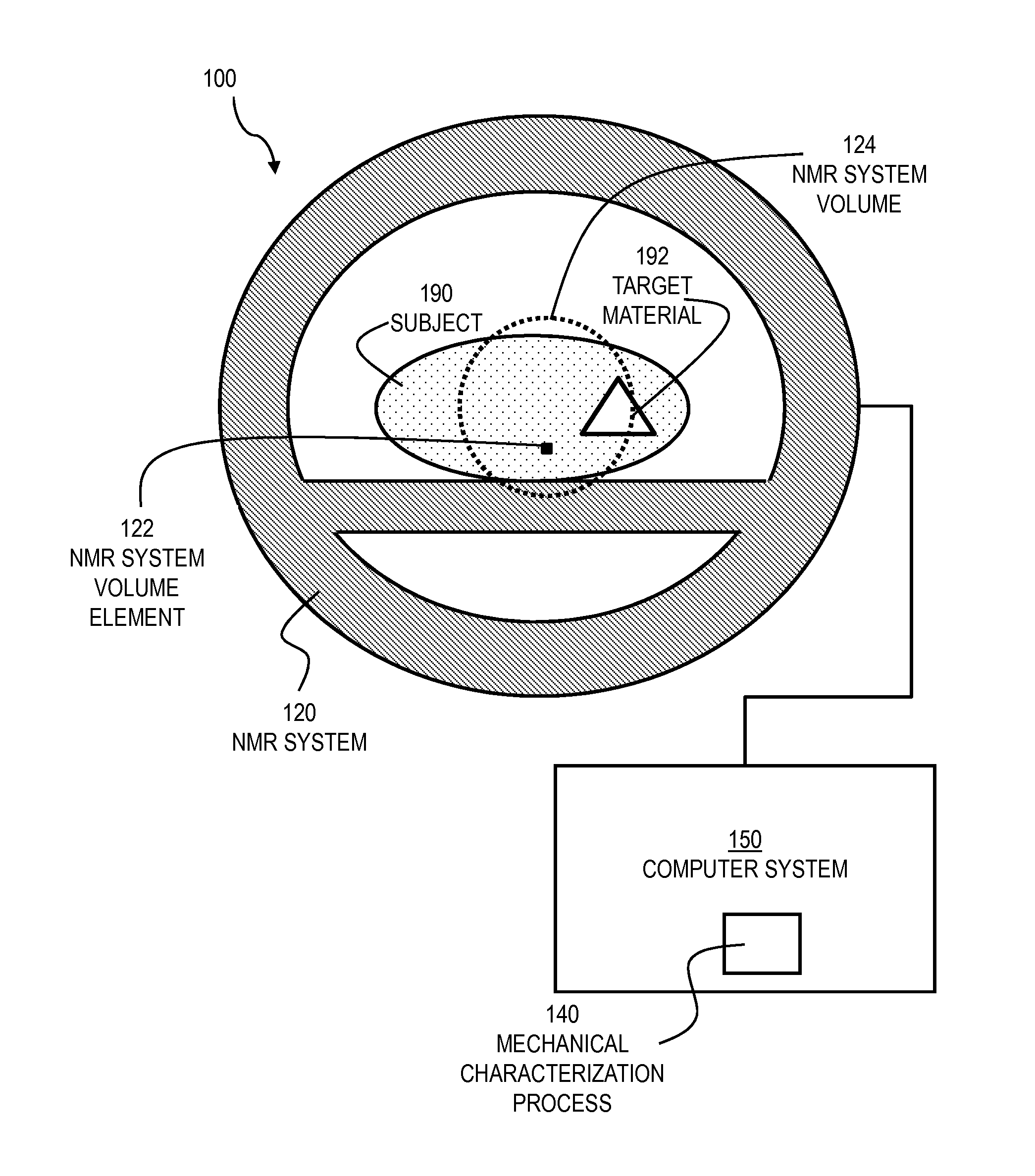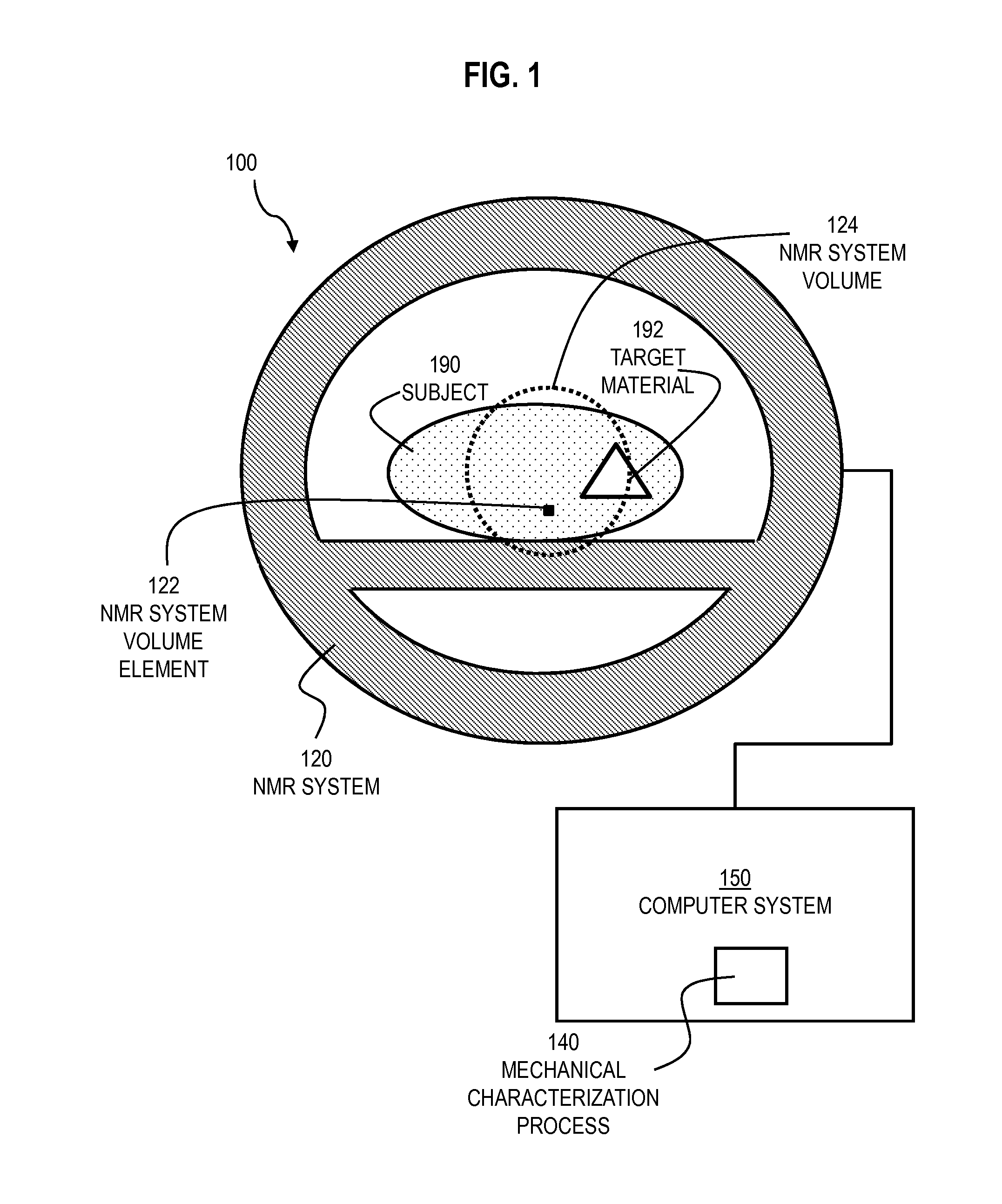Noninvasive Characterization of Mechanical Properties of Materials and Tissues Using Magnetic Resonance Techniques
a magnetic resonance and mechanical technology, applied in the field of noninvasive characterization of mechanical properties of materials and tissues using magnetic resonance techniques, can solve the problems of inability to perform mre using a conventional medical mri machine, drastically complicating the imaging process in hardware design, imaging implementation and data analysis,
- Summary
- Abstract
- Description
- Claims
- Application Information
AI Technical Summary
Benefits of technology
Problems solved by technology
Method used
Image
Examples
Embodiment Construction
[0002]This invention was made with Government support under Grant Number. EB004416 awarded by the National Institutes of Health. The Government has certain rights in the invention.
BACKGROUND OF THE INVENTION
[0003]Many diseases alter the mechanical properties of a tissue. Accordingly, the mechanical properties can serve as biomarkers for disease, diagnosis and tumor assessment. While some larger diseased tissues or abnormalities near the surface of a patient can be detected by palpitation, many are located deep within the patient or too small to identify. Some indications include liver fibrosis or other growths inside the thoracic cavity. A non-invasive means for detecting mechanical properties of a patient would provide physicians with a reliable tool to diagnose and monitor diseased tissue.
[0004]Viscoelastic materials (also called complex fluids) exhibit the elastic properties of solids as well as the viscous flow characteristics of fluids in response to shearing stresses. The stud...
PUM
 Login to View More
Login to View More Abstract
Description
Claims
Application Information
 Login to View More
Login to View More - R&D
- Intellectual Property
- Life Sciences
- Materials
- Tech Scout
- Unparalleled Data Quality
- Higher Quality Content
- 60% Fewer Hallucinations
Browse by: Latest US Patents, China's latest patents, Technical Efficacy Thesaurus, Application Domain, Technology Topic, Popular Technical Reports.
© 2025 PatSnap. All rights reserved.Legal|Privacy policy|Modern Slavery Act Transparency Statement|Sitemap|About US| Contact US: help@patsnap.com



